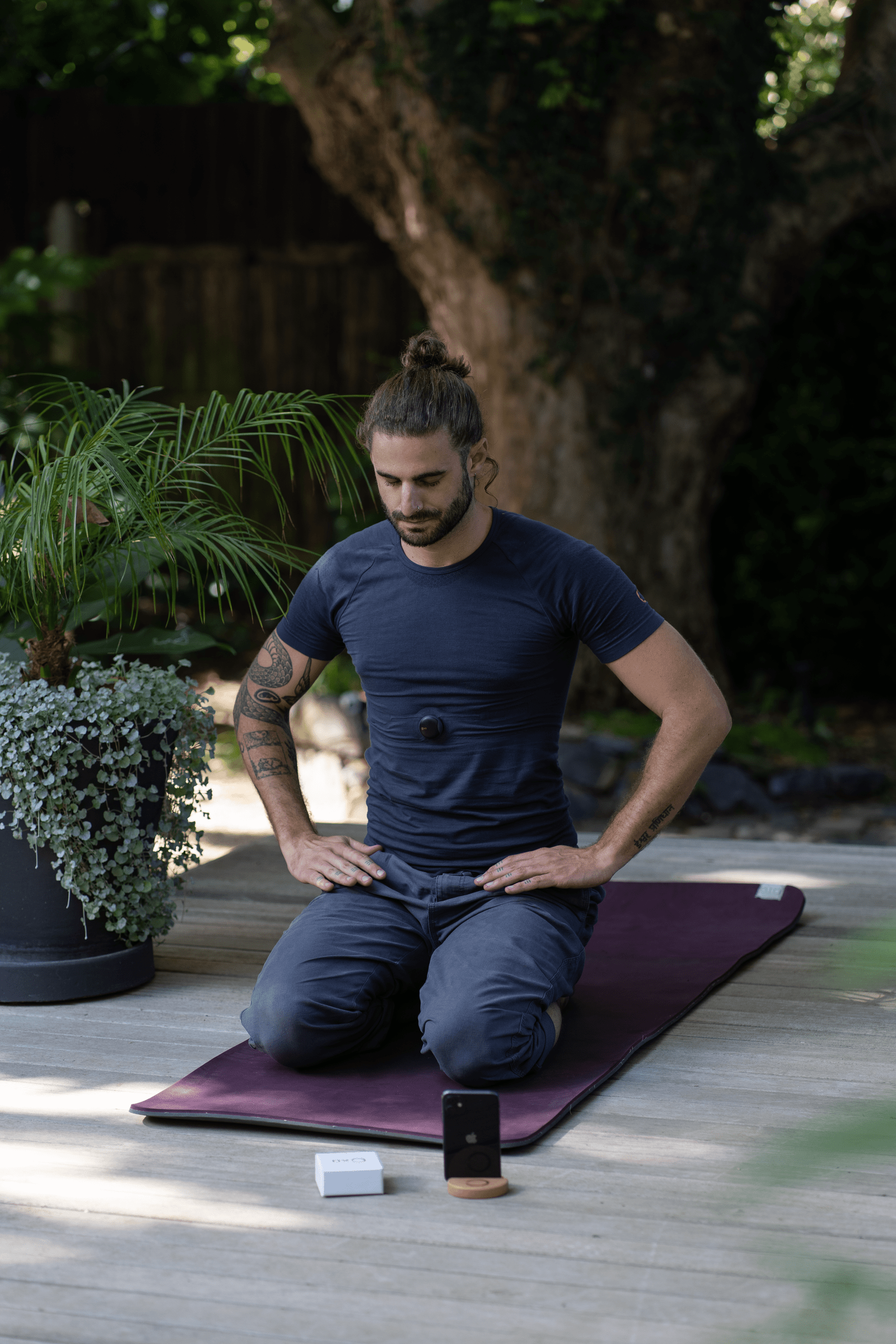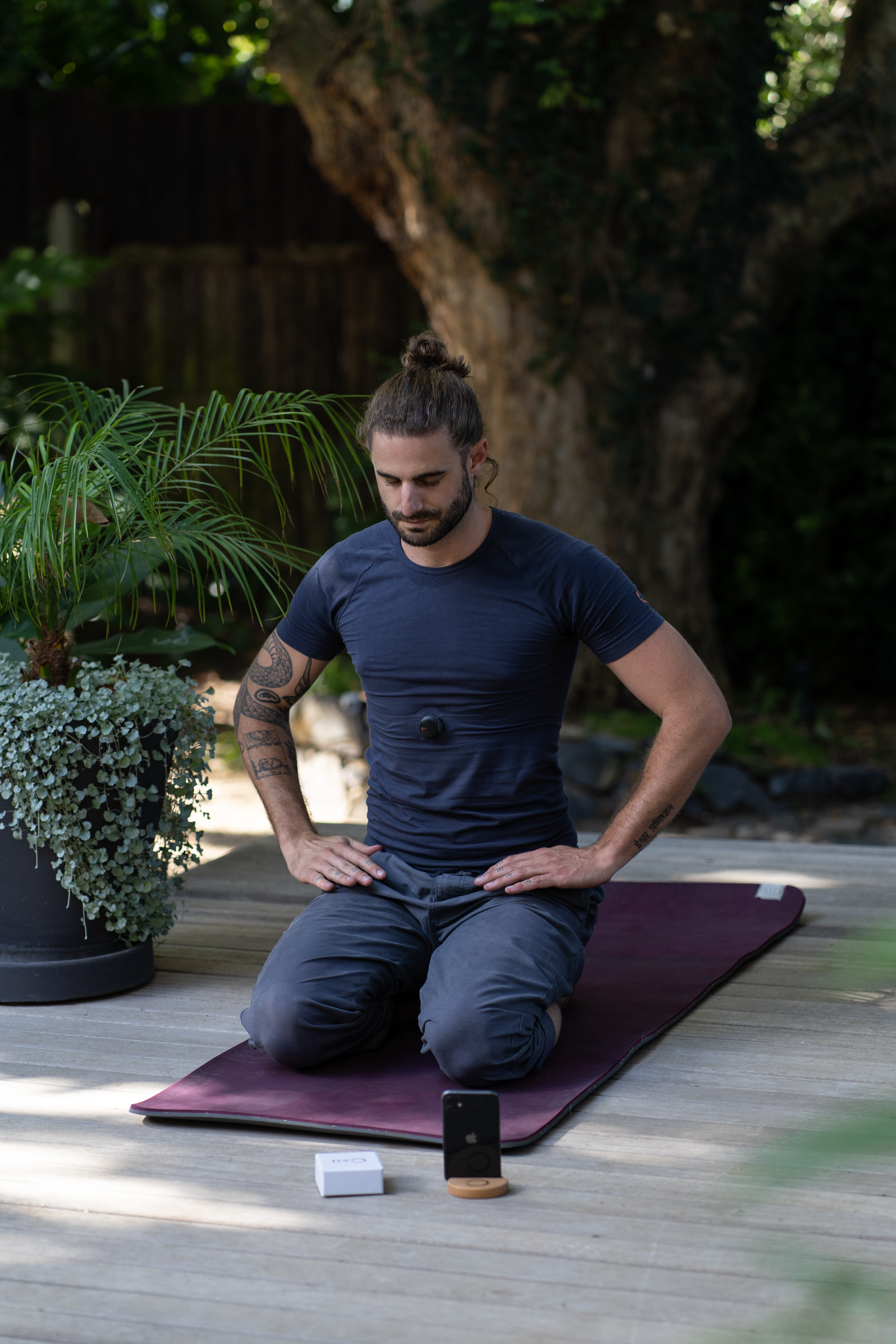Welcome to a helpful guide on the best techniques for breathing during cold plunges. When taking the plunge into icy waters, it’s important to remember some key do’s and don’ts to ensure a safe and enjoyable experience. Proper breathing techniques can make a big difference in how your body reacts to the extreme cold. So, let’s dive in and learn how to make the most of your cold water immersion!
Do’s & Don’ts: The Best Techniques for Breathing During Cold Plunges
Are you a cold plunge enthusiast looking to improve your breathing technique? In this article, we will explore the do’s and don’ts of breathing during cold plunges to help you make the most of this invigorating practice.
Why is Breathing Important During Cold Plunges?
Proper breathing is essential during cold plunges to help regulate your body’s response to the intense cold. By mastering your breath, you can improve your endurance, reduce stress levels, and enhance your overall cold plunge experience.
The Do’s of Breathing During Cold Plunges
When it comes to breathing during cold plunges, there are several key do’s to keep in mind:
Do Focus on Deep Belly Breaths
Focus on taking deep belly breaths to fully oxygenate your body and calm your nervous system. Inhale deeply through your nose, allowing your diaphragm to expand, and exhale fully through your mouth to release tension and promote relaxation.
Do Practice Box Breathing
Try practicing box breathing during your cold plunge sessions. This technique involves inhaling for a count of four, holding your breath for a count of four, exhaling for a count of four, and holding your breath again for a count of four before starting the cycle over. This can help regulate your breath and keep you centered in the moment.
Do Visualize Warming Up Your Body
As you breathe during your cold plunge, visualize warm energy flowing through your body. Imagine each inhale bringing in warmth and vitality, while each exhale releases any tension or discomfort. This visualization can help you stay focused and relaxed throughout the plunge.
Do Listen to Your Body
Pay attention to your body’s signals during a cold plunge. If you start to feel lightheaded, dizzy, or experience chest pain, slow down your breathing and consider exiting the plunge. Your body knows best, so listen to its cues and adjust your breathing as needed.
The Don’ts of Breathing During Cold Plunges
While there are many effective breathing techniques to enhance your cold plunge experience, there are also some common mistakes to avoid:
Don’t Hold Your Breath
Avoid holding your breath during a cold plunge, as this can lead to decreased oxygen flow and increased stress on your body. Instead, focus on maintaining a steady rhythm of deep, controlled breaths to support your body’s needs.
Don’t Panic Breathe
During a cold plunge, it’s common to feel a sudden urge to hyperventilate or take rapid, shallow breaths. This panic breathing response can increase feelings of anxiety and discomfort. Instead, try to stay calm and focus on slowing down your breath to regain control.
Don’t Rush Your Breaths
Take your time with each breath during a cold plunge. Rushing through your breaths can lead to increased tension and discomfort in your body. Instead, aim to find a natural, rhythmic pace that allows you to stay present and relaxed throughout the plunge.
Don’t Forget to Exhale Fully
Make sure to fully exhale during your cold plunge breathing practice. By releasing all of the air from your lungs, you can create space for fresh oxygen to enter on your inhale. This can help you maintain a clear headspace and support your endurance during the plunge.
Creating a Breathing Routine for Cold Plunges
To make the most of your cold plunge experience, consider creating a breathing routine that works for you. Here are some steps to help you develop a personalized breathing practice:
-
Set an Intention: Before your cold plunge, take a moment to set an intention for your breathing practice. Whether it’s to increase your endurance, reduce stress, or enhance your focus, having a clear goal in mind can help guide your breath throughout the plunge.
-
Start with Deep Breaths: Begin your cold plunge by taking several deep belly breaths to center yourself and prepare your body for the cold. Inhale deeply through your nose, pause at the top of your breath, and exhale fully through your mouth to release any tension.
-
Practice Box Breathing: Incorporate box breathing into your cold plunge routine to regulate your breath and stay grounded. Focus on maintaining a steady rhythm of inhales, holds, exhales, and holds to support your body’s needs and promote relaxation.
-
Stay Present: Throughout your cold plunge, stay present with your breath and body sensations. Notice any areas of tension or discomfort, and adjust your breathing as needed to support your well-being. By staying mindful and connected to your breath, you can enhance your cold plunge experience.
-
End with Gratitude: As you finish your cold plunge, take a moment to express gratitude for your breath and body. Reflect on the strength and resilience you exhibited during the plunge, and thank yourself for taking the time to care for your well-being.

Conclusion
Breathing is a key component of a successful cold plunge practice. By incorporating the do’s and avoiding the don’ts of breathing during cold plunges, you can enhance your endurance, reduce stress, and elevate your overall experience. Experiment with different breathing techniques, listen to your body’s cues, and create a personalized routine that works for you. Remember, your breath is your greatest ally in the cold plunge, so honor it and allow it to guide you through the icy waters. Happy plunging!





